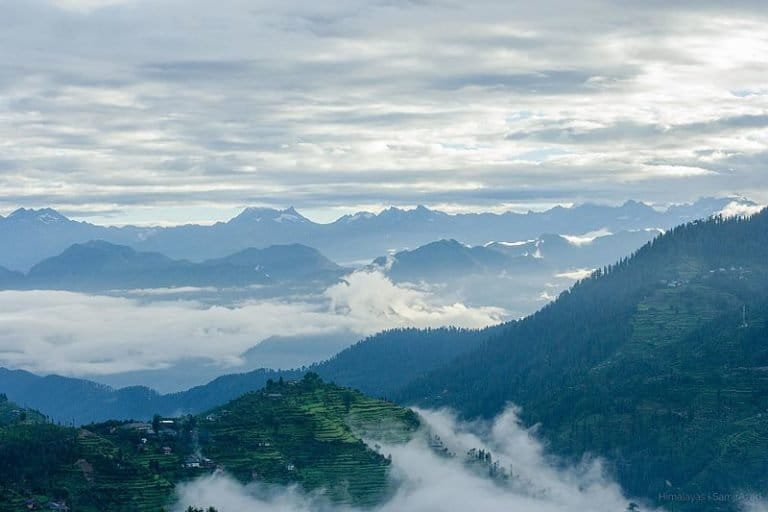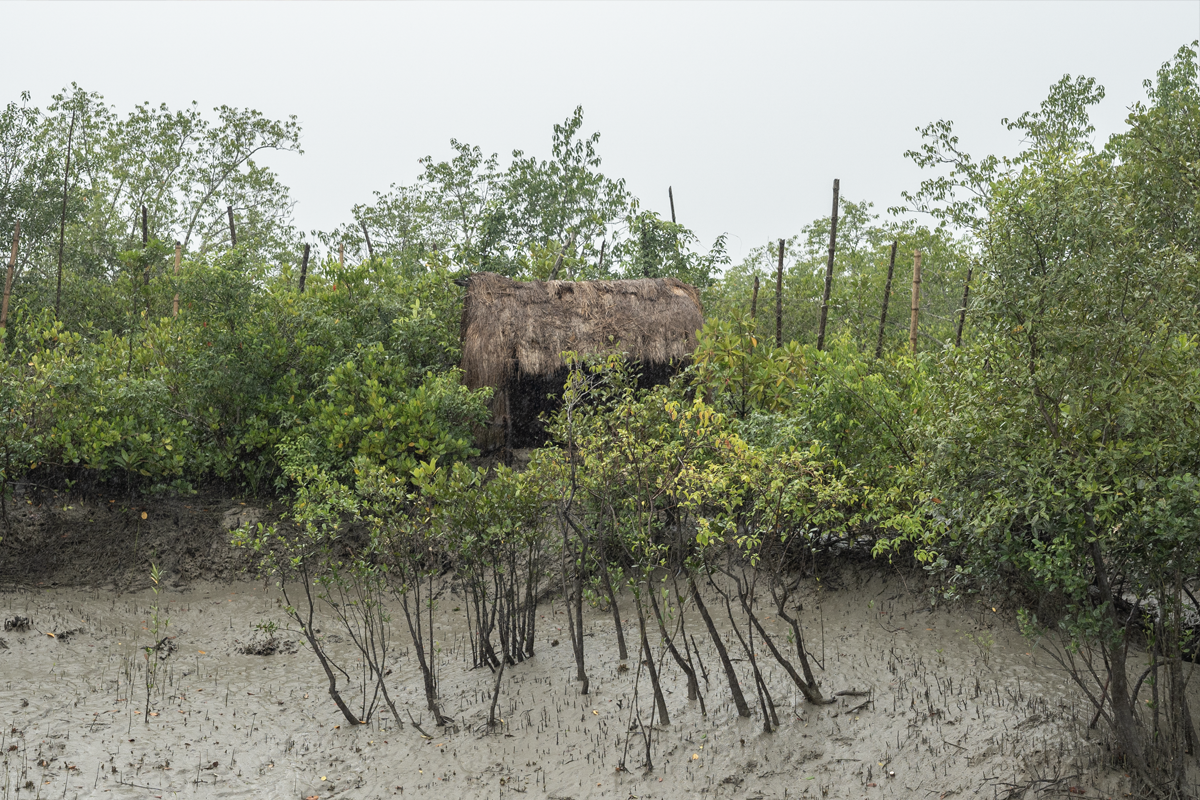- Wild Treasures is a skillfully-compiled anthology of some of Asia’s most wondrous natural UNESCO World Heritage sites.
- The book dwells on the wild beauty of 18 UNESCO World Heritage sites in Asia and some of the challenges these lands now face.
- Through 45 articles, a diversity of authors – scientists, explorers, artists, photographers, forest managers and writers – write about the landscapes, wildlife and people that inspired them. The anthology also includes excerpts from books including one dating back to 1921
“Our book is a treasure of wild places, and words.”
That is how Prerna Singh Bindra, one of the three editors of Wild Treasures: Reflections on Natural World Heritage Sites in Asia, An Anthology describes the newly-released book in her foreword to the anthology.
As a reader, I cannot agree more. The book is indeed a veritable treasure for the way it celebrates some of Asia’s wild lands: in impeccable style. Wild Treasures is a skillfully-compiled anthology of captivating literature on 18 protected areas that have been tagged as UNESCO World Heritage sites in Asia.
Through 45 articles (some of them excerpts from books), a diversity of authors – scientists, writers, explorers, artists, photographers and forest managers – write about the landscapes, wildlife and people that have inspired them. This melange of professions and skills brings in huge perspective: from on-ground, management issues that forest officials face as they work towards protecting the lands they have been assigned to, to the spiritual high of witnessing the humbling, lofty peak of India’s highest mountain, the Khangchendzonga. This is easily one of the biggest strengths of the book, and it showcases the editors’ skills at choosing the perfect book excerpts, and authors to write about the landscapes they’ve lived in or traveled to, and fallen immeasurably in love with.

Travel is the last thing on my mind now, being confined indoors as part of my state’s (Kerala in southern India) efforts at social distancing to deal with the viral pandemic COVID-19 (the current tally of cases in my state are at 24, as of March 18). And yet, it feels like I’ve travelled far over the past few days while reading Wild Treasures. From a land of paddies and coastal estuaries that lie at almost sea level, I can effortlessly sight the 23,643-foot high peak of Uttarakhand’s Nanda Devi through writer Stephen Alter’s vivid descriptions: her “shoulders” donning “epaulets of snow”, he writes, and her summit “like a fulcrum on which the heavens lean, balancing the setting sun and rising moon”. I can smell the musky scent of the elephant Alan Rabinowitz rode on to reach the Hukawng, or the Valley of Death, in northwest Myanmar, in his quest to survey for large mammals. The anthology features some of the most beautifully-penned descriptions of these wildlands and wildlife. Sights, sounds, smells and feelings come alive, evoking love for these lands and their wild treasures.
Even landscapes are characters: the reason, say the editors, why the anthology also encompasses a work of fiction. An excerpt from Amitav Ghosh’s novel The Hungry Tide finds place in Wild Treasures. In this piece, write the editors, the Sundarban – a mangrove ecosystem in southern West Bengal, listed as a World Heritage site in 1987 – is “..not just a setting, a background, a place, it is a character, as alive, as vibrant, as evocative as the people of this complex, compelling novel.”
Another feature of Wild Treasures is its beautiful weaving together of stories from both the past and present. Today, more than 90 years later, I feel the same thrill that explorer Francis Younghusband experienced and wrote about in his 1921 memoir, when he spotted the lofty, snow-capped peak of the Khangchendzonga in Sikkim while it turned myriad shades of blue, mauve and pink. Renowned biologist George Schaller’s excitement in radio-collaring giant pandas in the mountains of faraway China more than three decades ago is still palpable and relatable in the excerpt from his book The Last Panda that has been featured in the anthology. Salim Ali, India’s bird man, takes us back to a Kheoladeo Ghana of the 1950s, mentioning with great foresights as to why it would be vital to ensure water supply to this man-made water body and retain it for posterity. The beauty of Wild Treasures is that both the past and the present merge seamlessly to form beautiful visuals of the wild lands and wildlife that still persist.
All articles in the anthology paint glorious pictures of the parks, the wild protected lands, that they are written about. And rightly so: these are some of the most wondrous and awe-inspiring landscapes of Asia. Most importantly, many of the authors have not baulked at dwelling on the numerous and site-specific conservation challenges that are as much a part of these landscapes as are the lofty snow-capped peaks or lush tropical forests they host. Biologist Girish Punjabi talks in detail of the huge threat that habitat fragmentation – and the resulting lack of connectivity between protected areas – poses for large carnivores in the northern tracts of the Western Ghats.
There may be much to rejoice in the gains that UNESCO World Heritage tags profer to landscapes – including “boosting local economies by encouraging tourism”, as editor Sonali Ghosh and advisor Vinod B. Mathur argue in their primer to Wild Treasures. However, many have raised concerns regarding the process by which sites are listed as being of Outstanding Universal Value (OUV, an exceptional quality that makes it both a national and international asset and worth preserving for all of humanity; only protected areas that meet a certain level of OUV can be declared as World Heritage Sites). Papers do suggest that both political and economic interests play a role in the process. In India, some level of controversy clouds the declaration of certain sites as UNESCO World Heritage too. Local communities living in the Great Himalayan National Park (GHNP), for instance, resisted the UNESCO World Heritage tag in 2009 because it “came at the cost of curtailing grazing and other livelihoods of villagers”, writes post-doctoral fellow Shikha Lakhanpal (currently at the Ashoka Trust for Research in Ecology and Environment) in her analyses of the contestations between conservation, development and livelihoods in the GHNP. I would have loved to read about such resistance too in Wild Treasures. What changed, and on what basis was the UNESCO tag finally declared? Are there similar concerns with regard to any of the other UNESCO World Heritage sites mentioned in the anthology?

But that notwithstanding, Wild Treasures ensures a gratifying read, comprising some really engaging stories revolving around some of the most fascinating and spell-binding natural landscapes of Asia, especially India.
Writes Bindra in her foreword: “…we must think of these sites as…living, breathing epics that contain a multitude of characters, conflicts and conclusions that need to be remembered and retold.”
This is the “ethos that is at the heart of Wild Treasures”, she writes. An ethos, I must add, that is captured beautifully throughout the anthology.
Banner image: A shrine in the Sundarbans, a mangrove ecosystem in southern West Bengal, listed as a World Heritage site in 1987. Photo by Kartik Chandramouli/Mongabay.
